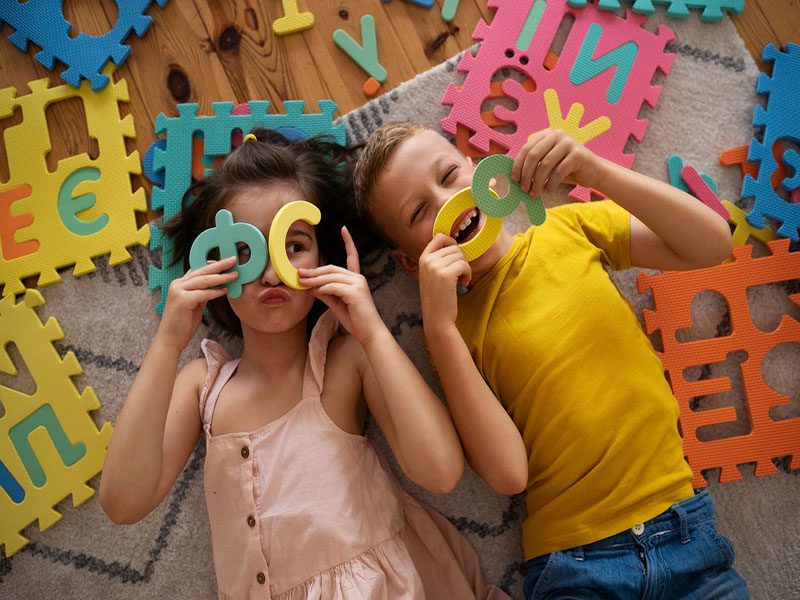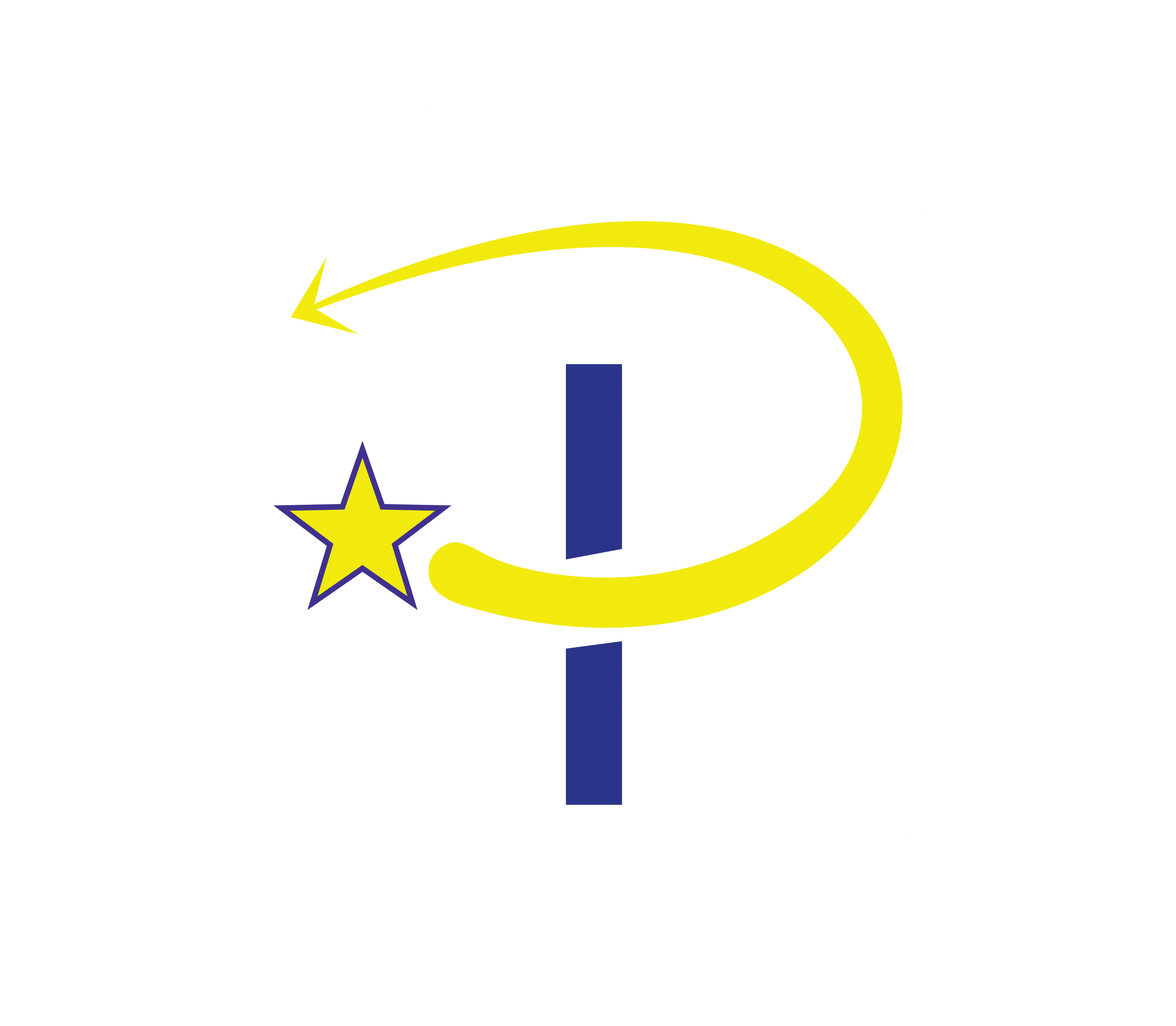Gamification is an approach of adding game elements to non-game contexts to engage users and drive desired behaviours. How can gamification be used as a design tool for learning? This article will explore different ways of using gamification to create a more engaging experience when designing activities, courses or programmes intended to teach or train learners. Let’s take a look at how you can leverage game mechanics to help your learners complete tasks they would otherwise find difficult. In Plus Project, we are experts in the area, take a look at our Gamification in Education Course for teachers and become a professional in the matter!
What is gamification?

Gamification is the process of adding game-like elements to non-game contexts to engage users and drive desired behaviours. The goal is to bring out positive behaviours and change user habits in a fun, challenging and rewarding way. If you want to create a new course or programme and want to increase participation and get results, gamification can be a good way to do this. The three key concepts of gamification are rules, feedback and rewards. Rules and feedback describe how any game is structured. Rewards are the things that players receive. Rules help create enough structure and boundaries. Feedback is the key to understanding how you are doing (and when you need to improve). Rewards can be given at various stages of the game to reinforce good behaviour,
Creating habits with gamification
Habits are formed through repetition and rewards. When learners are regularly exposed to activities that are relevant to their goals and receive feedback, an environment for habit formation is created. Gamification can be an effective way to design activities that encourage repetition. You can design your activities to engage learners, allow them to practice and provide positive feedback.
- Make it social: One way to structure activities is to make them social. You can do this by creating a class open to all learners or by creating a private space with a specific group of learners. If you create a class, you can also consider using a social learning platform such as Canvas, Blackboard or Moodle. Activities that are highly engaging will keep learners interested and motivate them to complete them. You can use a variety of game mechanics to increase engagement and keep learners interested in your activities.
- Create a progression and create mini-goals: To encourage learners to participate in activities on a regular basis, you can create a progression or a series of mini-goals in the activities. You can also design activities with the end goal in mind and ensure that the activities in your programme are relevant to the final outcomes. Objectives will enhance a clear direction for users and help them understand how their activities relate to the bigger picture. Challenges are a good way to add excitement to your activities and keep them interesting.
Using rewards and recognition with gamification

Rewards and recognition are positive consequences that are delivered after a specific action or after completing a goal. They can be intrinsic (i.e. they come from within the person) or extrinsic (i.e. they come from the environment). Rewards and recognition can be used to encourage desired behaviours and can help learners see the benefits of completing goals and participating in activities. If you are designing activities for your programme, you can use rewards and recognition to create positive reinforcement and encourage learners to participate in activities and complete challenges.
- Praise: One way to use rewards and recognition is to make it social. You can praise in public, offer recognition to peers or create social challenges that encourage learners to support each other and recognise each other’s achievements.
- Link rewards to progress: Another way to use rewards and recognition is to link them to progress. You can offer rewards for participating in activities or completing the steps of a challenge.
Make learning fun with gamification.
While gamification is great for creating engagement and encouraging positive behaviours, it can also be used to make learning fun. This can be done by including gamification elements such as progression, rewards and feedback.
- Create a progression: You can create a progression that takes learners on a journey. You can create the timeline or map form and use it to introduce a new concept and show how it relates to other topics. You can also create a progression for an activity.
- Use feedback: If you are designing a progression for one or more activities, consider providing feedback at the end of each step. This can be as simple as a text message or email from the platform or a message that appeared on the screen.
- Offer rewards: If you are designing a progression for an activity, you can use rewards to encourage learners to stick with the programme and complete the activities.
There are many ways to use game mechanics to design a gamified experience. You can use them to increase engagement, improve interest and encourage positive behaviours. While gamification is a powerful design tool, it can also be easy to overdo, especially if you are new to the concept. It’s important to remember that gamification should enhance an experience and make it more engaging, not be the experience itself. If you want to add gamification to your course, there are several ways to do so. You can add leaderboards to create a competitive element or you can add points for completing different activities for rewards. When adding these features, make sure you communicate what they are for and what learners need to do to get them. This will make your course even more fun and engaging for your learners.

We at Plus Project are passionate about transforming the adult education landscape. As a premier training provider, we take pride in offering top-notch courses for teachers, aimed at sharpening their skills and expanding their knowledge. Our expert trainers use cutting-edge methods to deliver a dynamic and engaging learning experience, making us the ideal choice for teachers seeking professional growth and success. Join us on our mission to elevate the teaching profession, one course at a time.


